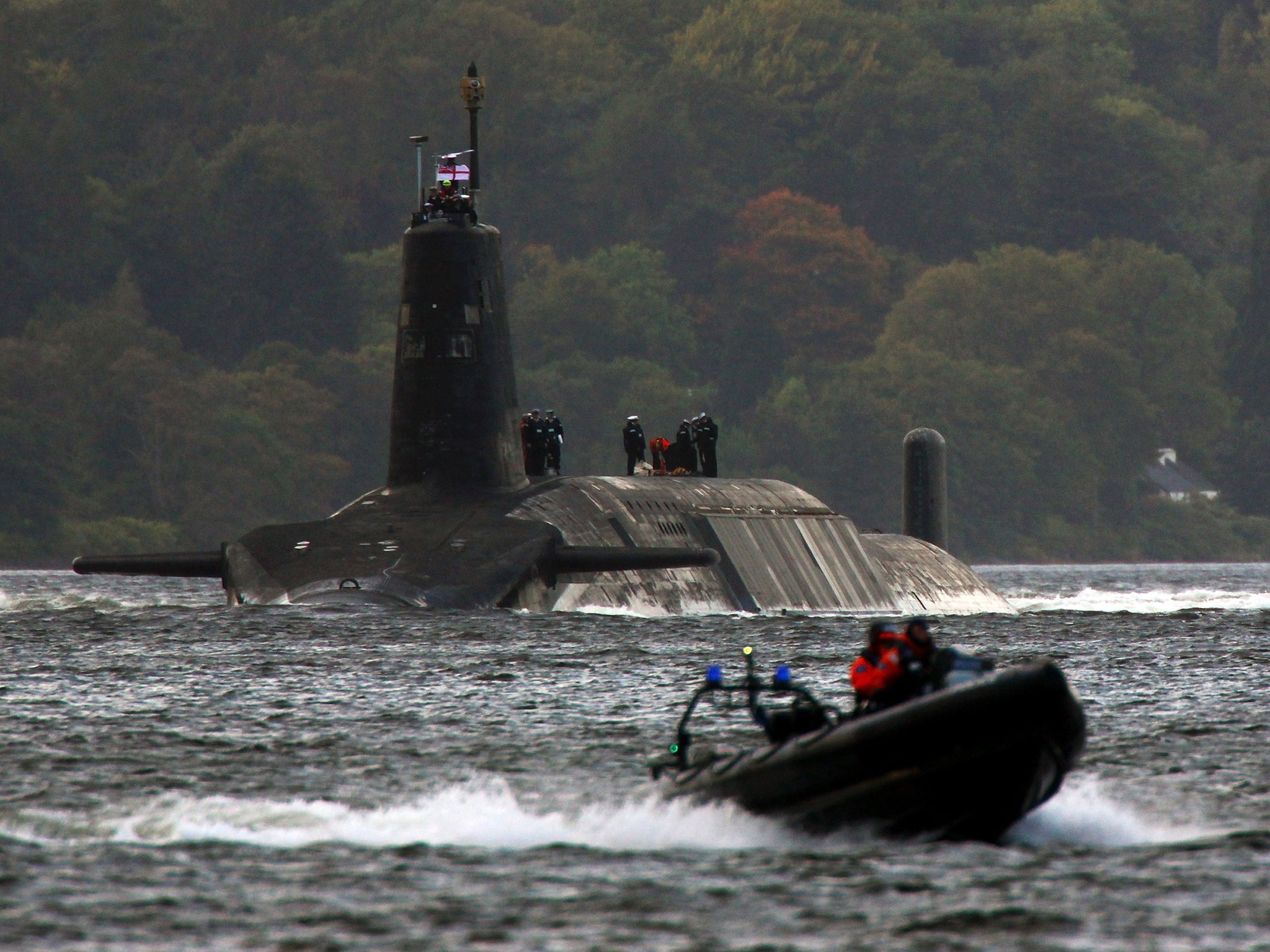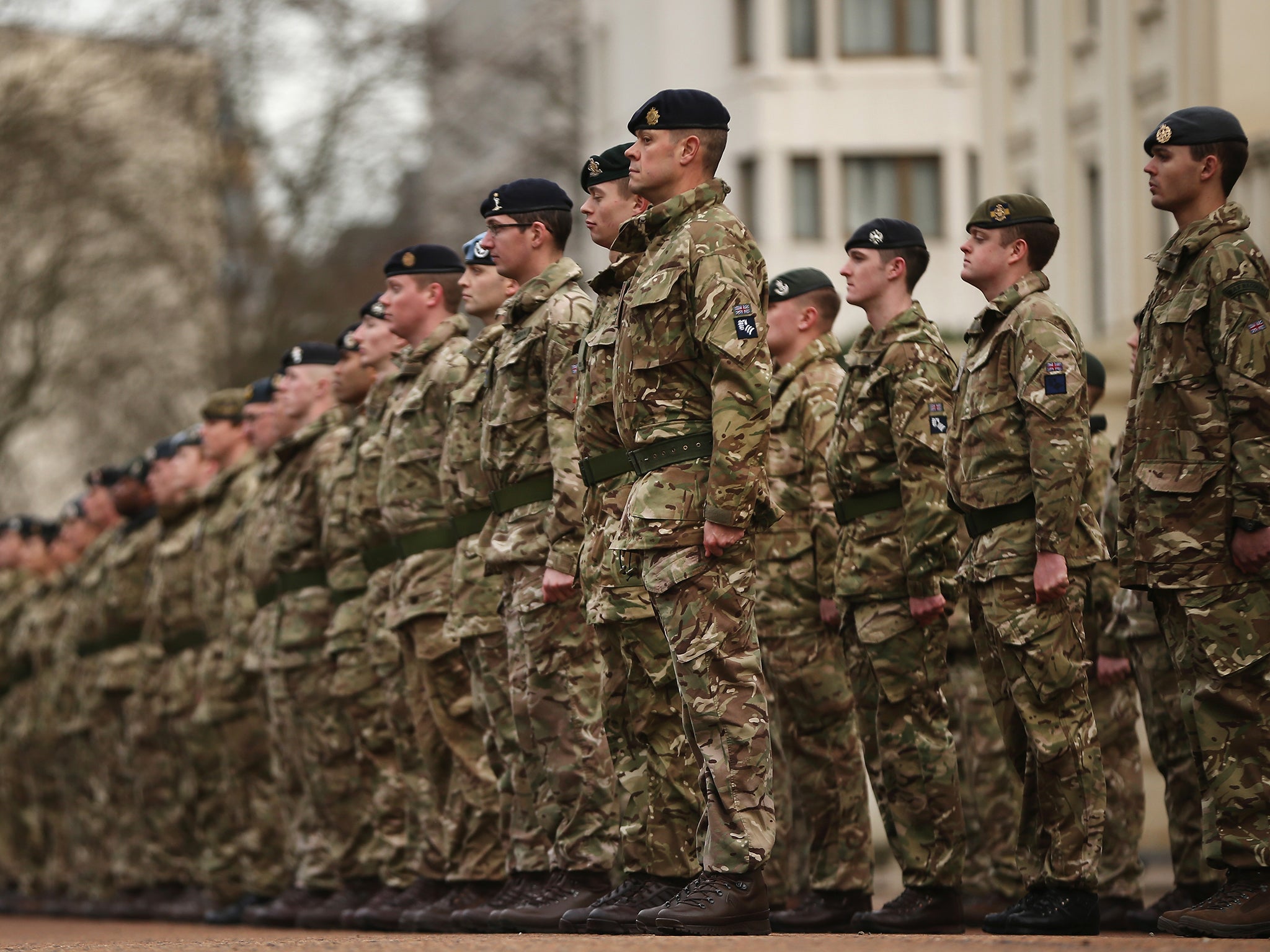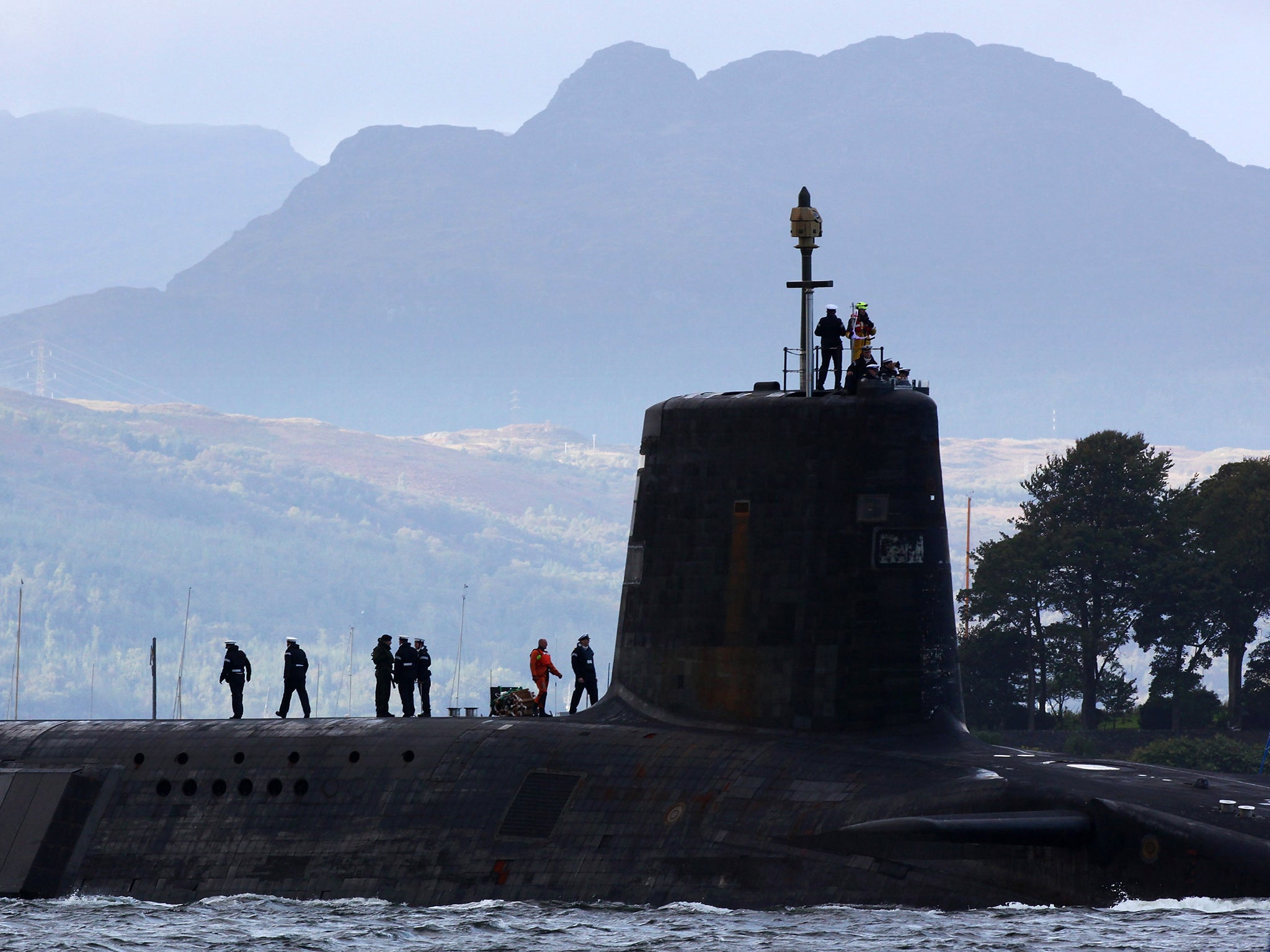Trident Cost of replacing ageing nuclear submarine fleet has increased by £6bn
Ministry of Defence puts cost of four new nuclear submarines at £31bn as Government sets out decade-long defence plan

Your support helps us to tell the story
From reproductive rights to climate change to Big Tech, The Independent is on the ground when the story is developing. Whether it's investigating the financials of Elon Musk's pro-Trump PAC or producing our latest documentary, 'The A Word', which shines a light on the American women fighting for reproductive rights, we know how important it is to parse out the facts from the messaging.
At such a critical moment in US history, we need reporters on the ground. Your donation allows us to keep sending journalists to speak to both sides of the story.
The Independent is trusted by Americans across the entire political spectrum. And unlike many other quality news outlets, we choose not to lock Americans out of our reporting and analysis with paywalls. We believe quality journalism should be available to everyone, paid for by those who can afford it.
Your support makes all the difference.The estimated bill for building four new nuclear submarines to replace the ageing Trident fleet has increased by £6bn, the Government said today as it set out its security and defence plans for the next decade.
The Ministry of Defence now puts the cost of the subs at £31bn, compared with its previous estimate of £25bn, and is also putting aside a further £10bn in case the bill for Trident’s replacement increases further.
Opponents of Trident’s renewal – who include the SNP and many left-wing Labour MPs – will seize on the increase as evidence that Britain cannot afford the huge sums involved at a time when public spending is being squeezed.
The defence and security strategy, which was being published this afternoon by David Cameron, includes plans to spend £178bn on military hardware over the next decade, a rise of £12bn.

Launching the document, the Prime Minister said the world was “more dangerous and uncertain” than five years ago at the time of the previous defence review. He pointed to the rise of Isis, the instability in eastern Europe promoted by Russian aggression, the threat of cyber-attacks and the risk of global pandemics.
The Government has pledged not to cut the size of the Army below 82,000 and today said it would boost the RAF and navy by 700 personnel, while the number of reservists would rise to 35,000. To help meet some of the costs, the number of civil servants at the ministry would be cut by 30 per cent to 41,000 and the size of its estate also reduced by 30 per cent, freeing up enough space for 55,000 new homes.

Two rapid reaction strike forces, each containing up to 5,000 personnel, to respond to crises as they blow up will be created, and the review signals plans to set up a 50,000-strong expeditionary force.
The Government plans to boost Britain’s airpower with two more Typhoon squadrons, an extra F35 Lightning Squadron and nine maritime patrol aircraft to protect the nuclear fleet.
It confirmed plans to boost security spending by £2.5bn with the recruitment of 1,900 extra intelligence staff.
Join our commenting forum
Join thought-provoking conversations, follow other Independent readers and see their replies
Comments